Get PeakVisor App
Sign In
Search by GPS coordinates
- Latitude
- ° ' ''
- Longitude
- ° ' ''
- Units of Length

Yes
Cancel
Share ×

Scan the QR code and open PeakVisor on your phone
❤ Wishlist ×
Choose
Delete
The Republic of Kosovo is a partially recognized self-declared republic located on the Balkan Peninsula. It was once part of Serbia, but in 2008, this beautiful landlocked and wild country announced its independence. Kosovo features numerous glacial lakes, wild rivers, and unbelievable rugged mountains. There are 1470 named peaks in Kosovo. Rudoka e Madhe (2,658m/ 8,720 ft) is Kosovo’s high point and Pančić's Peak is its most prominent peak.
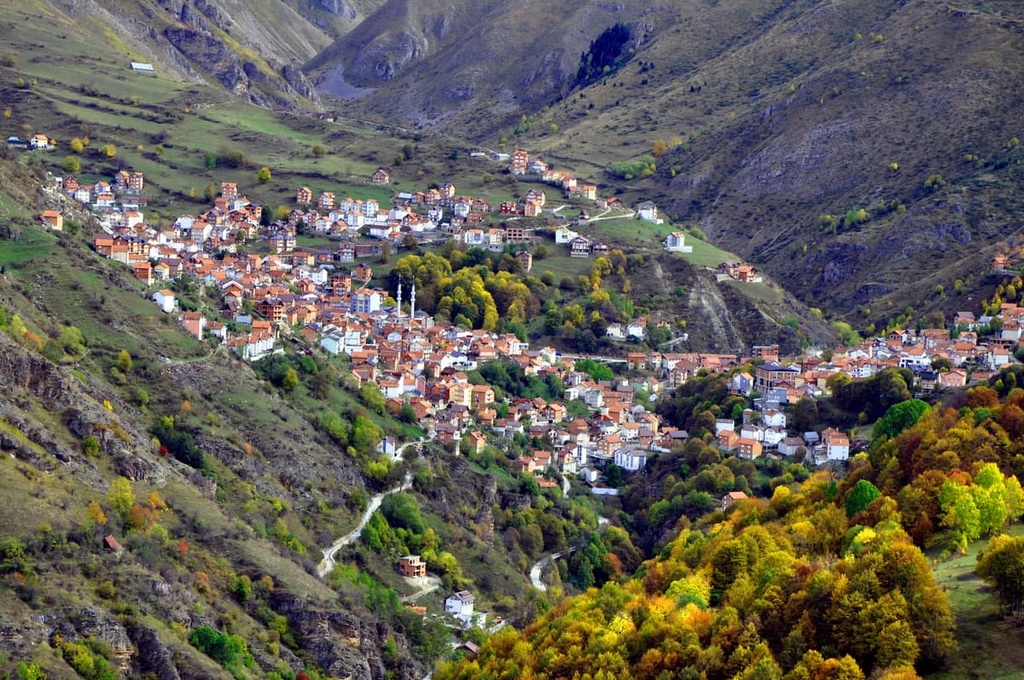
Kosovo is located in Southeastern Europe in the center of the Balkan Peninsula. It borders Albania to the west, Northern Macedonia to the south, Montenegro to the north, and Serbia to the east. It is a small and landlocked country in the heart of the peninsula.
Kosovo declared independence from Serbia in 2008. Since then, approximately 115 diplomatic states have recognized its statehood, but not all countries surrounding it believe in Kosovo's independence. Kosovo has had to fight for its independence, and even today, Serbia considers this territory to be its own.
Kosovo is technically the youngest country in Europe and one of only four countries globally that are recognized as independent without any recognition from other countries in the region. Therefore, we can say that Kosovo is a partially recognized state and disputed territory located in southeastern Europe. It has an area of 10,887 sq. km (6,764 sq. mi) and a population of 1.8 million people.
As is the case with all Balkan states, Kosovo has also been plagued by war. The Kosovo War was an armed conflict in Kosovo that took place from February 28, 1998 until June 11, 1999. The Kosovo Liberation Army, a Kosovo Albanian rebel army, and the Yugoslavian armed forces fought in this war. Before Kosovo became autonomous, it was part of Yugoslavia.
Most of the population of Kosovo declare themselves to be ethnically Albanian. A small number of Serbians, Bosniaks, and Montenegrins also live here. The people from Kosovo call themselves Kosovars. They speak both Serbian and Albanian since both are official languages.
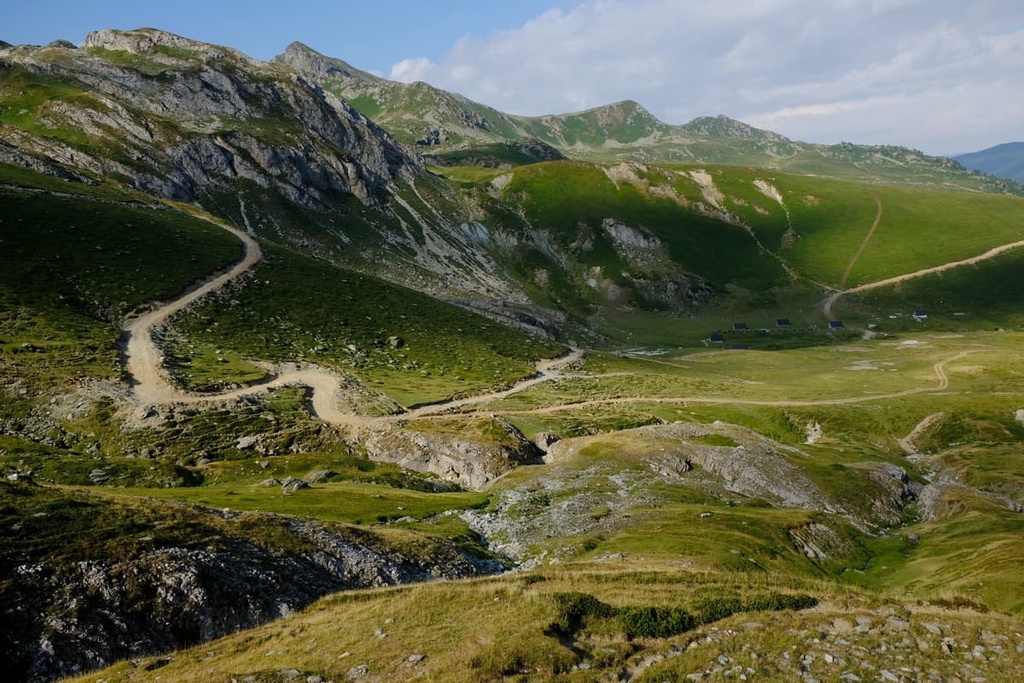
The name ‘Kosovo’ derives from the Serbian word for ‘field of blackbirds.’ This is an apt name as Kosovo’s topography consists mostly of flat fields in its central plain, which are surrounded by two fairly mountainous national parks.
In Kosovo, the climate is mostly continental with a Mediterranean influence. The country has a lot of mountains and hills, which causes the climate to vary depending on the elevation. Kosovo is one of the most mountainous countries in this part of Europe, with about 2,300 meters of elevation difference between its highest point and lowest point.
The highest point of Kosovo is Rudoka e Madhe (2,658m/ 8,720 ft), and the lowest point is in the White Drin River Valley at 250 m (820 ft) in elevation.
Kosovo's topography and climate play a big role in shaping its culture and economy. The vast majority of the country's population lives in the central and southern regions. An astounding 53 percent of the country's land is arable. The rest of Kosovo’s land consists mainly of forests and mountains.
Needless to say, Kosovo is so important due to its geographic location. It lies in the center of the Balkan Peninsula and serves as a natural border between the Sharri massif and Dinaric Alps.
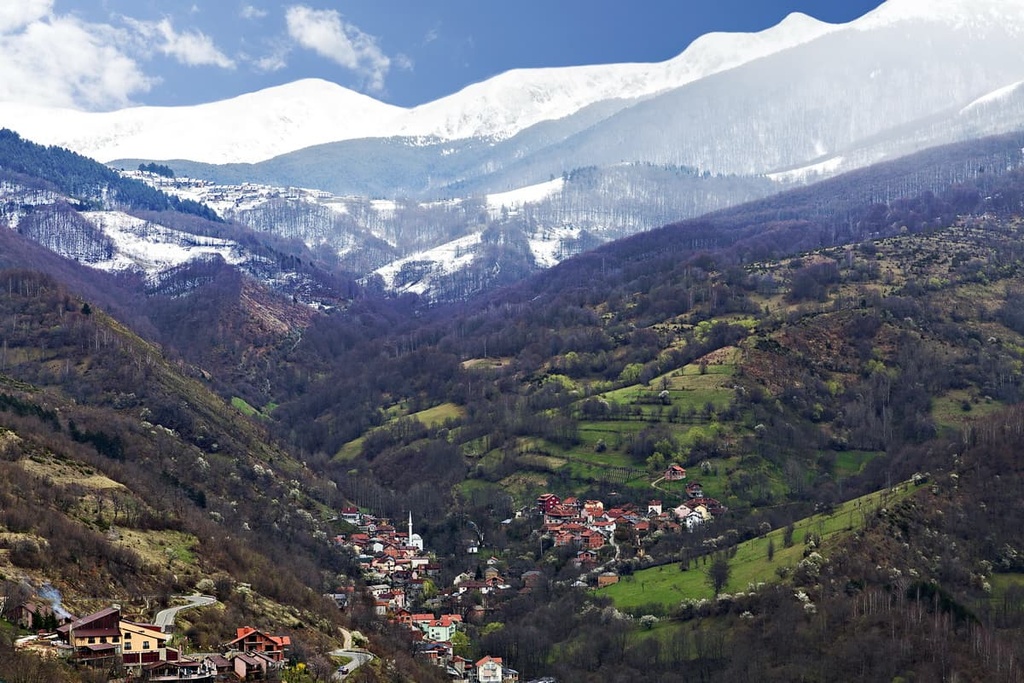
As has been mentioned previously, Kosovo is a rather mountainous country. It has two big national parks, Bjeshkët e Nemuna National Park and Sharri National Park. The biggest mountain ranges in Kosovo include the massifs and smaller mountains and ridges in these parks, like Koritnik, Ošljak, and Jezerski.
Kosovo is rich in natural resources like coal and lead, but it is also one of the poorest countries in Europe. Different countries exploited the natural resources of Kosovo throughout history but this exploitation has not benefited the people of Kosovo themselves. For example, the Ottoman Empire, Italy, and Germany all took advantage of Kosovo's resources without giving much back to the local population.
Kosovo is divided into 7 regions, which can be thought of as the administrative districts of this country. Further, these districts govern over numerous municipalities. There are 38 municipalities in Kosovo. The regions of Kosovo include:
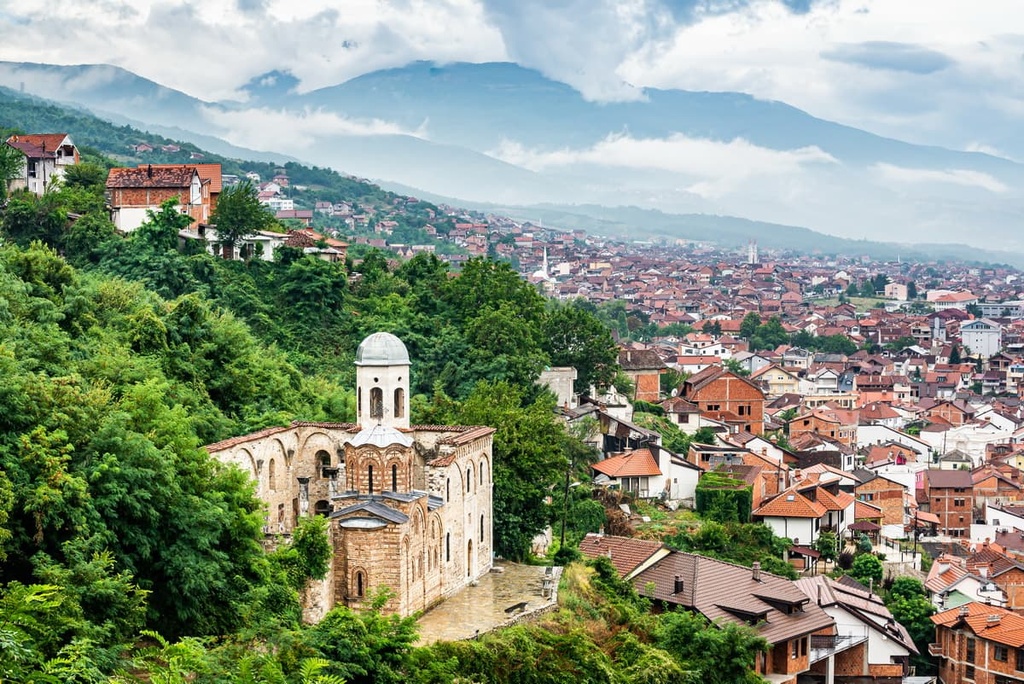
The geology of Kosovo is largely similar to that of the greater Balkan region. The oldest rocks in Kosovo lie in the northwest, near the border with Montenegro. They date to the Precambrian and consist mainly of metamorphic rocks. These rocks formed from sediments that were deposited on an ancient seabed during a period of intense mountain building.
The most important geological feature in Kosovo is a large fault zone that runs through central Kosovo, along which there are many mineral deposits. This fault zone is part of a system that extends across much of southeastern Europe. Exposed rocks in this region of Kosovo contain rich ores of lead, zinc, copper, gold, and silver, in addition to other valuable metals and ores.
The geological formation of Kosovo is the same as the Proterozoic and Paleozoic sedimentary rocks of the Dinarides. As a result, the peaks in the country are part of the Dinaric Alps. The Dinarides are a complex mountain system that stretches from Slovenia to Albania. They consist of limestone and dolomite rocks.
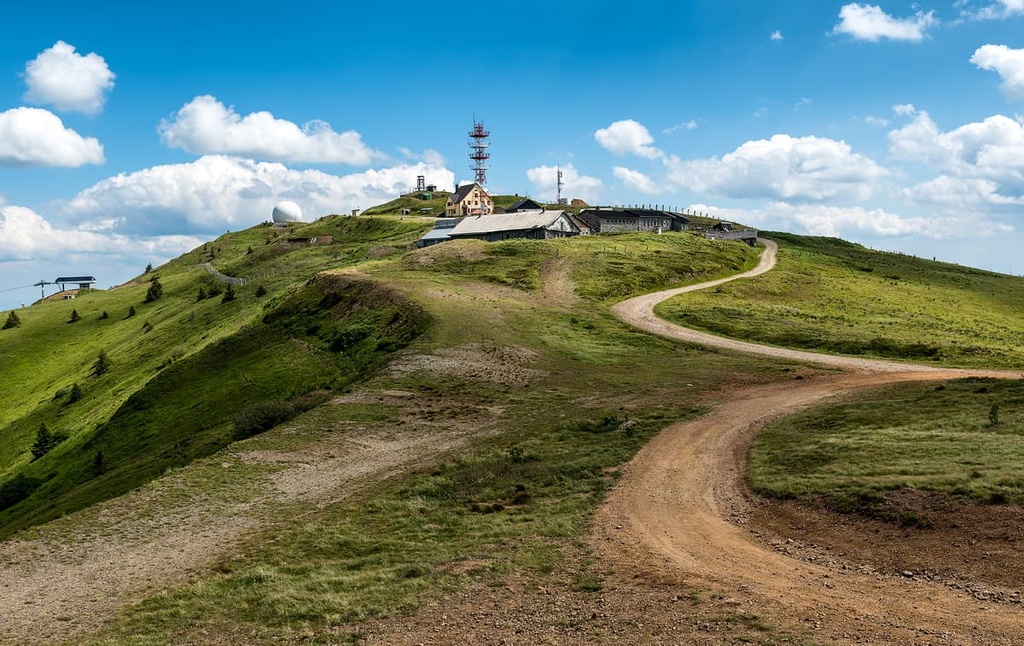
On the other side of Kosovo Plain lie the Sharri mountains. They are a mountain range that’s located in the western part of Albania, Kosovo, and North Macedonia. The Sharri Mountains are mainly composed of limestone and dolomite rocks. The mountains formed due to tectonic activity during the Paleogene.
The Paratethys was an ancient marine-based waterway that stretched across southern Europe, the Mediterranean, and North Africa. Studies show that the Mesozoic Tethys Ocean basin closed over 10 million years ago due to the movement of tectonic plates. This was when a small segment of shallow seawater called the Vardar Ocean formed in the Kosovo plain. This allowed for the gradual deposition of the sediments that would later form limestone rocks in the region.
Since limestone is so common here, numerous karst formations are visible on the Bjeshkët e Nemuna (Prokletije) and Sharri massifs. Karst topography forms when rocks like limestone and gypsum are dissolved by water.
Karst topography generally includes features like sinkholes, caves, disappearing streams, and underground drainages. These are all common topographical features on the Balkan Peninsula, especially in the Dinaric Alps.
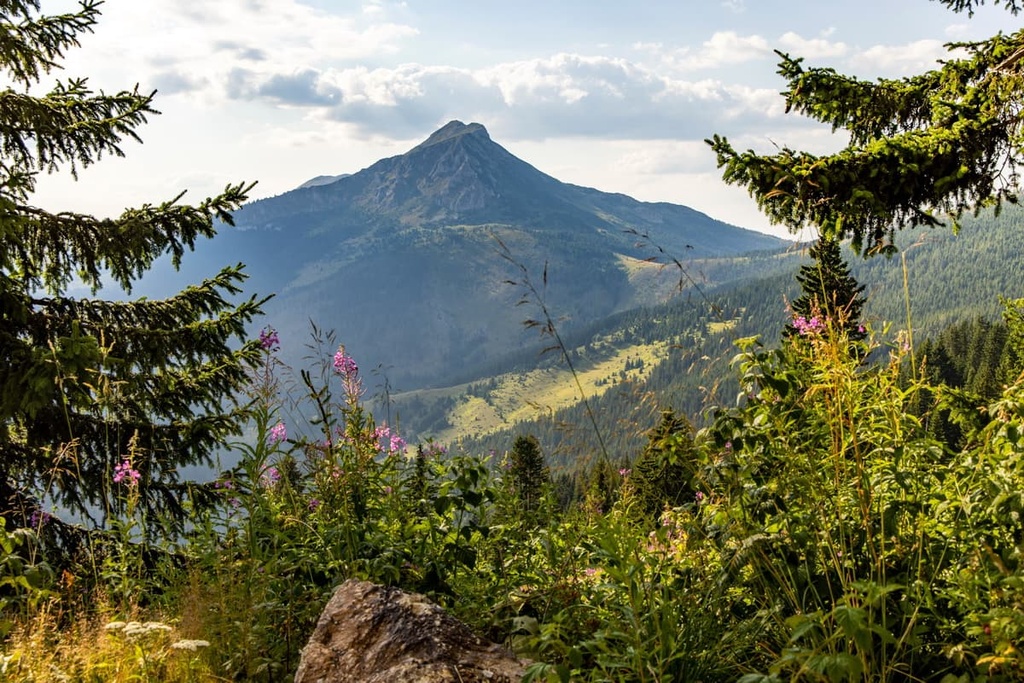
Additionally, Kosovo has an unbelievable number of peaks considering its size, 1,319 peaks to be exact. Some of the tallest mountains in the country include:
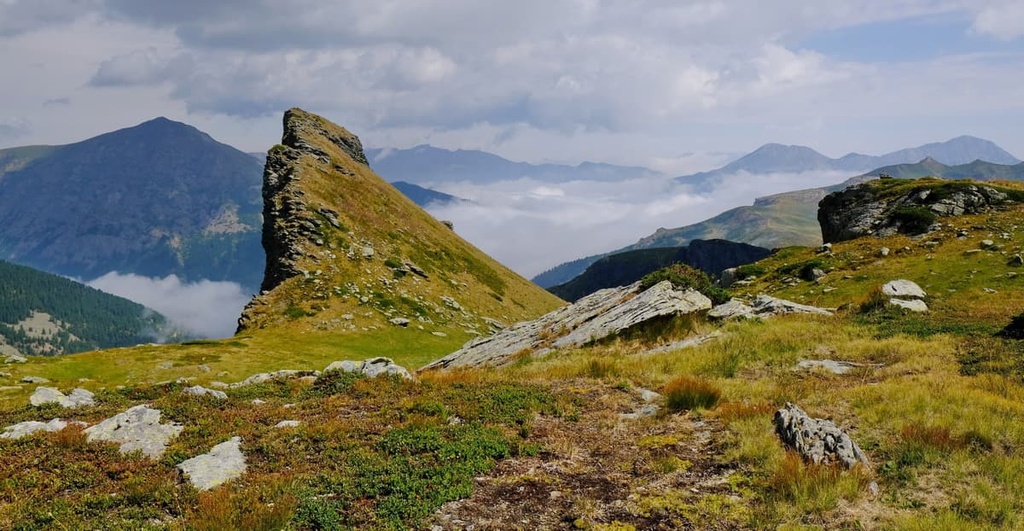
Kosovo is a landlocked country with mountainous terrain and rich natural resources. The economy of Kosovo is mostly based on agriculture, mining, and energy production. The service sector also plays an important role in the economy of Kosovo. This is why most of the country's economy depends on its natural landscapes.
The natural landscapes of Kosovo are diverse and beautiful. The country has a variety of landscapes, from the high mountains to the lowlands. There are two natural parks in Kosovo, Bjeshkët e Nemuna National Park and Sharri National Park.
These parks are home to many different species of plants and animals, and places one can enjoy nature. The biodiversity in Kosovo is very rich, as it has a wide range of habitats, including forests, rivers, lakes, and mountains. Forests make up around 41 percent of Kosovo’s territory. The country also contains a number of plants and animals that we can find nowhere else in the world.
Kosovo has a wealth of endemic species, including some threatened species like the endangered Balkan lynx. It has a rich flora, too, as it is home to over 3,000 species of plants in addition to its more than 200 animal species.
The climate in Kosovo is a combination of Mediterranean and continental. It has hot, dry summers and cold, snowy winters. This is a result of the country's location on the Balkan Peninsula and its relative proximity to the Adriatic Sea. Therefore, the country is often exposed to continental and alpine-type snowy weather, though it also gets some warmer conditions.
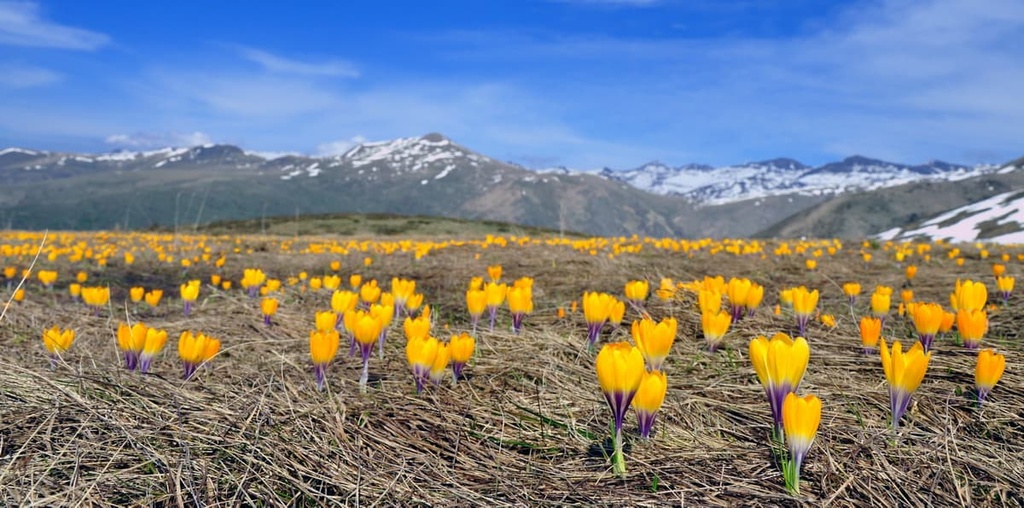
Due to the influence of the Mediterranean climate, one can find both continental and Mediterranean plant species in Kosovo. Interestingly, while Kosovo takes up only 2 percent of the Balkan Peninsula, its flora represents 25 percent of all the plant species found in the region.
When it comes to endangered plants, there are almost 250 endangered species in Kosovo alone. These include Albanian lily (Lilium albanicum), Graeca lily (Fritillaria graeca), European yew (Taxus baccata), and Balkan maple (Acer heldreichii), among others.
The country has a wide variety of habitats that are home to an equally wide range of animal species. The fauna in Kosovo is diverse and includes many species of mammals, birds, reptiles, amphibians, and fish.
The most common animals found in Kosovo are the red deer (Cervus elaphus), roe deer (Capreolus capreolus), wild boar (Sus scrofa), brown bear (Ursus arctos), and wolf (Canis lupus). Other animals include the European hare (Lepus europaeus), European badger (Meles meles), and Eurasian otter (Lutra lutra).
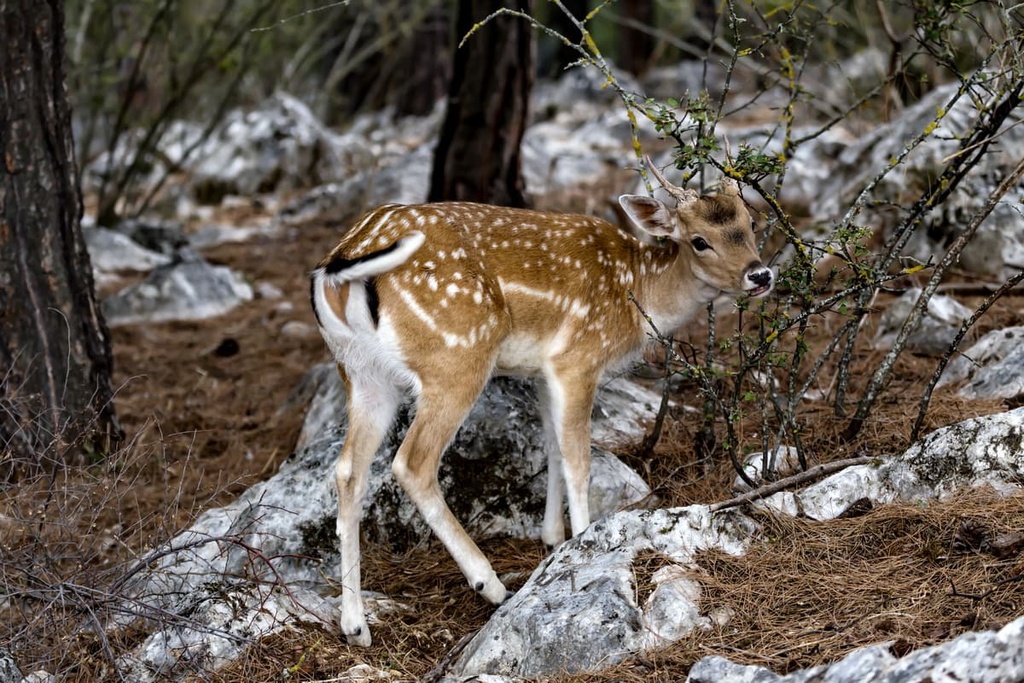
Kosovo also lies in the Boreal Kingdom, specifically in the Illyrian province of the Circumboreal Region. The country has two terrestrial ecoregions: the Balkan and Dinaric mixed forests.
The Balkan mixed forest ecosystem is a type of forest found in the Balkans, particularly in the Sharri mountains and the Rila massif in Bulgaria. It features a temperate climate with high rainfall and a lot of humidity.
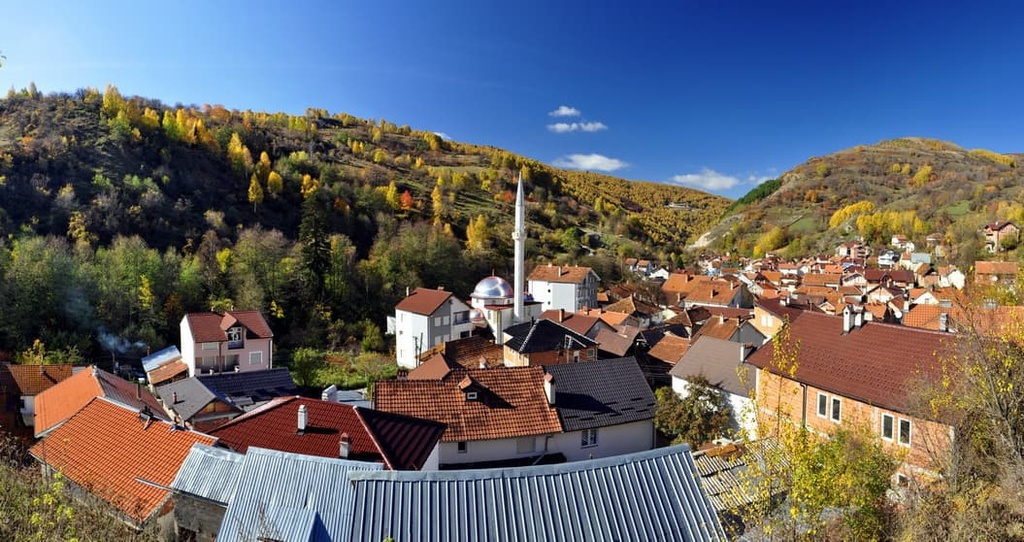
The trees in this ecosystem are deciduous, and the forest mostly consists of oaks and other hardy trees. At higher elevations like in the mountains, species such as beech, silver fir, and Norway spruce can be found.
The Balkan mixed forest ecosystem also has many different types of animals living in it. Some examples of these animals are deer, foxes, wolves, bears, wild boars, and hedgehogs, among others. This region is also home to the alpine tundra ecosystem, with barren fields and animals like chamois and wolves.
The Dinaric Mountains Mixed Forests ecoregion is a terrestrial ecoregion that covers parts of Albania, Bosnia and Herzegovina, Croatia, Montenegro, Serbia, and Kosovo. It is one of the few remaining areas in Europe with both Mediterranean forests and temperate forests.
The Dinaric Mixed Forest ecosystem is characterized by its high biodiversity. The ecosystem also contains many different types of habitats, not just forests, such as meadows, wetlands, and rock faces.
You can see European beeches, silver firs, Norway spruces, and European black pines in these forests. At lower elevations, one can also see ashes and oaks. The fauna seen here includes foxes, deer, wild boards, bears, lynx, and snakes, among others.
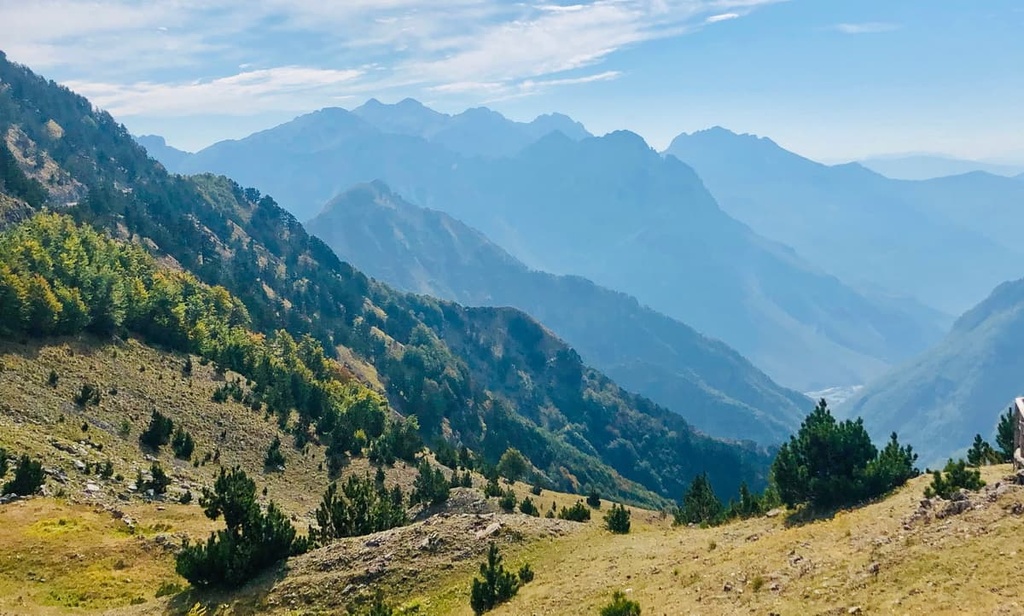
Kosovo has had numerous periods of turmoil and instability in its history. Therefore, we can say that this territory has been under near-constant distress in the past but that the residents of the region have always focused on making their country a better place for the next generation.
During the Paleolithic, people who lived as hunter-gatherers inhabited much of what is now Kosovo. In Kosovo, there is only partial evidence of Paleolithic life. Therefore, we can say that human civilization in the region potentially started more recently, such as in the Neolithic or Early Stone Age.
During the Neolithic, or roughly between 100,000 BCE to 2,000 BCE in Kosovo, the region saw the introduction of agriculture and animal husbandry as well as the creation of pottery. This was a shift away from a more nomadic lifestyle toward one where people tended to settle in one place for a long time
Additionally, this was a time when people started to form communities. They began to cultivate crops and raise livestock, which led to increased population density. This also led to an increase in trade with other communities, which helped spread new ideas and technologies.
Soon, people started using metal as well. The Metal Age in Kosovo is a period characterized by the use of metal tools and weapons. It can also be divided into the Copper, Iron, and Bronze ages.
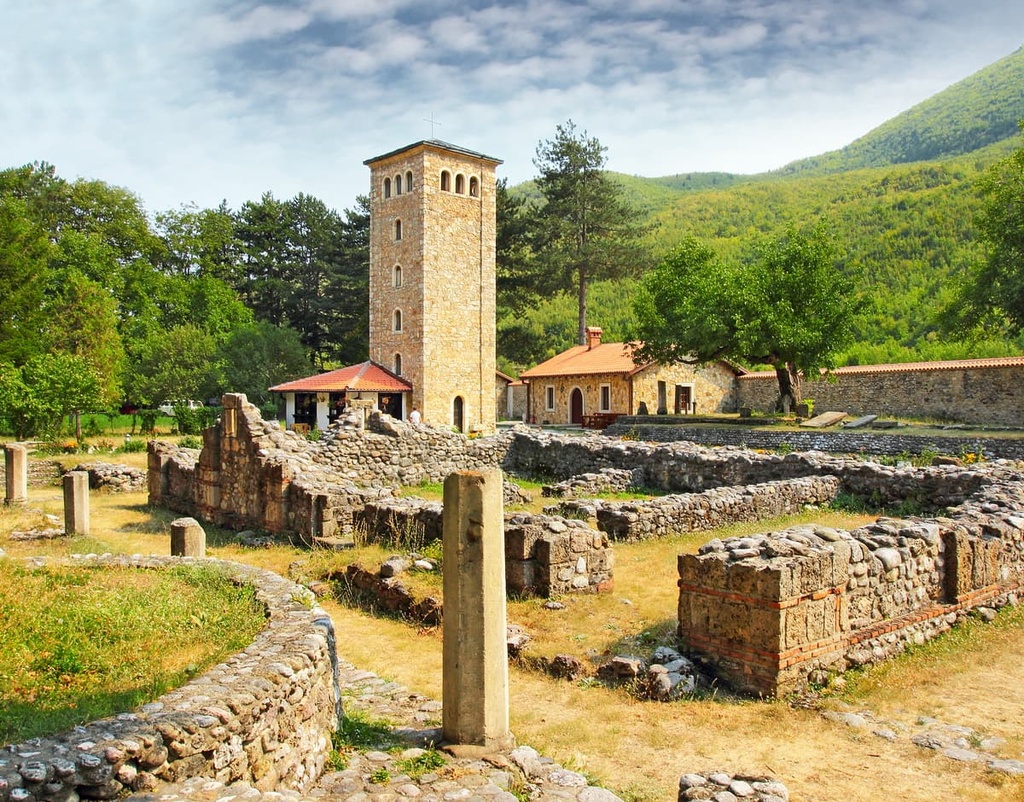
These were the times when the Illyrians inhabited the territory that is now Kosovo. The Illyrians were a group of tribes in antiquity. They were primarily located in the western Balkans, and they spoke the Illyrian language. The Illyrians are often considered to be the ancestors of modern Albanians and Kosovars since they speak very closely related languages.
The Illyrians were an Indo-European tribe. These tribes lived in today’s Albania, Serbia, Montenegro, Kosovo, Bosnia and Herzegovina, and Croatia as well as most of the other countries in Europe and Asia where Indo-European languages are spoken to this day. They often fought amongst themselves, but soon their common enemy arrived: the Roman Empire.
The Roman period of Kosovo lasted from the first century BCE to the fourth century CE. In the first century BCE, the Romans conquered this territory and ruled it for over 400 years. Of course, this happened after numerous difficult battles with the local tribes.
The Romans were attracted to this region because of its strategic position on the Via Egnatia, a major trade route between Rome and Constantinople. They also wanted to control the gold mines in nearby Scupi (modern-day Skopje).
We know that Kosovo was part of the Roman province Dardania and that it was home to an enormous town called Ulpiana. The Ulpiana archaeological site lies in Kosovo near the capital city of Pristina. It was discovered in the seventies and has been excavated since then. The site is a Roman settlement built during Emperor Trajan's reign.
The Romans established their rule by building military camps called castra, which were used as garrisons and trading posts. In what is now Kosovo, the Romans also built roads, bridges, amphitheaters, temples, and other public buildings.
The Roman occupation of Kosovo had a huge cultural and economic impact on the region. The Romans left numerous traces of their occupation that remain to this day.
In the sixth and seventh centuries, Slavic tribes started migrating and settling in the region. In the ninth century, Kosovo was part of the Medieval Bulgarian Empire, though it was conquered by the Serbian Kingdom in the thirteenth century.
By the end of antiquity and the fall of the Western and soon Eastern Roman Empire, numerous Balkan states were left ungoverned. This is why their local kingdoms and duchies soon managed to gain power over local residents.
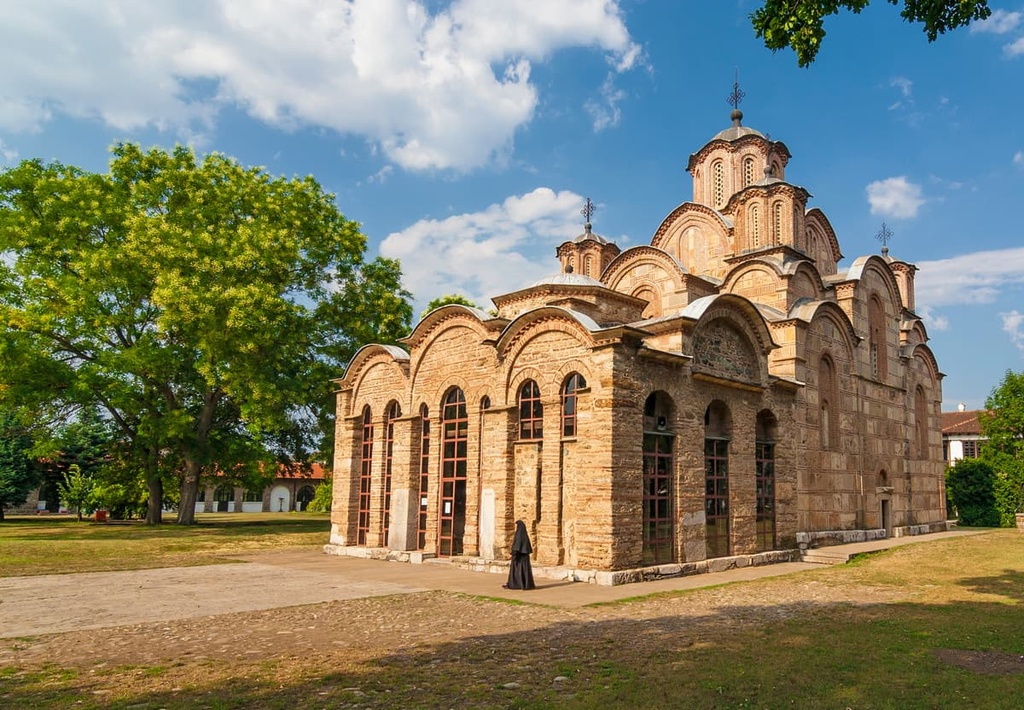
The medieval Serbian Empire was a state that existed from 1346 to 1459, and it was ruled by the Nemanjić dynasty. The Serbian Empire had a strong central government and powerful military, which expanded its territory to the south and east. By the end of its existence, the state's territory also bordered Medieval Hungary and Albania. Of course, Kosovo was also part of this empire.
The most important event in this time period for Kosovo was the Battle of Kosovo. It was fought on the Kosovo Field in 1389 between a Serbian army led by Prince Lazar Hrebeljanović and an invading Ottoman army led by Sultan Murad I.
The battle ended with the defeat of Prince Lazar's forces, who were outnumbered. But it is said that they fought bravely. The Battle of Kosovo is one of the most important battles in Balkan history. It was a turning point for Serbia and its people and for Europe as a whole.
The medieval period in Kosovo was a time of great change. The Ottoman Empire was expanding and the Serbian Empire was declining. The Ottomans wanted to take control of Kosovo in 1455, but the Serbian Empire would not give up its claim to the region.
The Ottoman conquest of Kosovo was a turning point for the region. It led to an influx of Muslim Albanians into Kosovo, which changed the demographics and culture of the region. Of course, this is not the only reason why these demographics changed.
That’s because, during the Serbian-Ottoman war in 1876–78, almost the entire Muslim population of Serbia was expelled into Kosovo. This is why there are so many Albanian Muslims in Kosovo today and so few in modern Serbia.
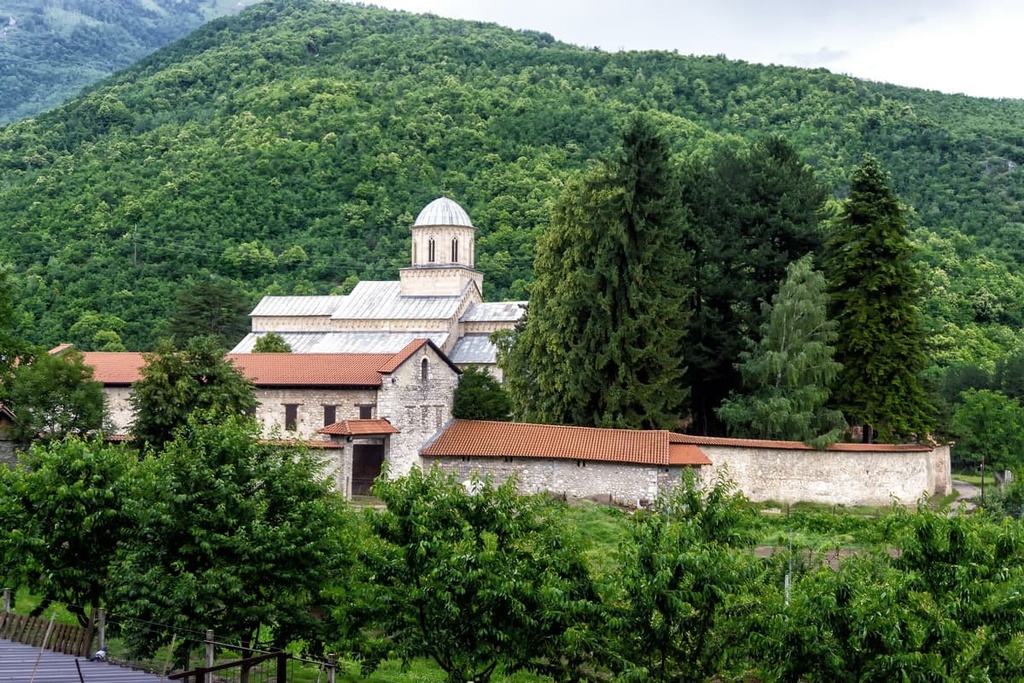
The first major event in the modern history of Kosovo was arguably the Balkan Wars, which were a series of wars fought in the Balkans between 1912 and 1913.
These battles were between the Ottoman Empire and its former subjects, Serbia, Montenegro, Bulgaria, and Greece. The Ottoman Empire's defeat in the First Balkan War caused great alarm among its European contemporaries, leading to a diplomatic crisis that eventually contributed to the start of World War I.
Kosovo was split into four counties at the end of the Balkan Wars. Three were part of Serbia, and one was part of Montenegro. Soon followed the First World War. It began in the Balkans when Austria-Hungary declared war on Serbia on July 28, 1914, after the assassination of Austrian Archduke Franz Ferdinand. The conflict quickly spread across Europe, including in Kosovo.
After the First World War, the Kingdom of Serbs, Croats, and Slovenes conquered what is now Kosovo. It started expelling the Albanian population from the area in order to bring in Serbian people to take their place. The start of the Second World War brought a stop to these actions.
Most of Kosovo was assigned to Albania at the time, though Bulgaria and Germany also controlled small parts of the region. This occupation ended shortly thereafter, and Kosovo was soon under the control of Yugoslavia.
Kosovo was now part of the Socialist Federative Republic of Yugoslavia. This meant Kosovo was under the rule of Josip Broz Tito, who was the leader of Yugoslavia. He ruled from 1945 to 1980, and during this time, Kosovo experienced a lot of growth and development.
Tito’s rule over Yugoslavia was not without its problems. There were many ethnic tensions in the country and these tensions led to many conflicts between different groups.
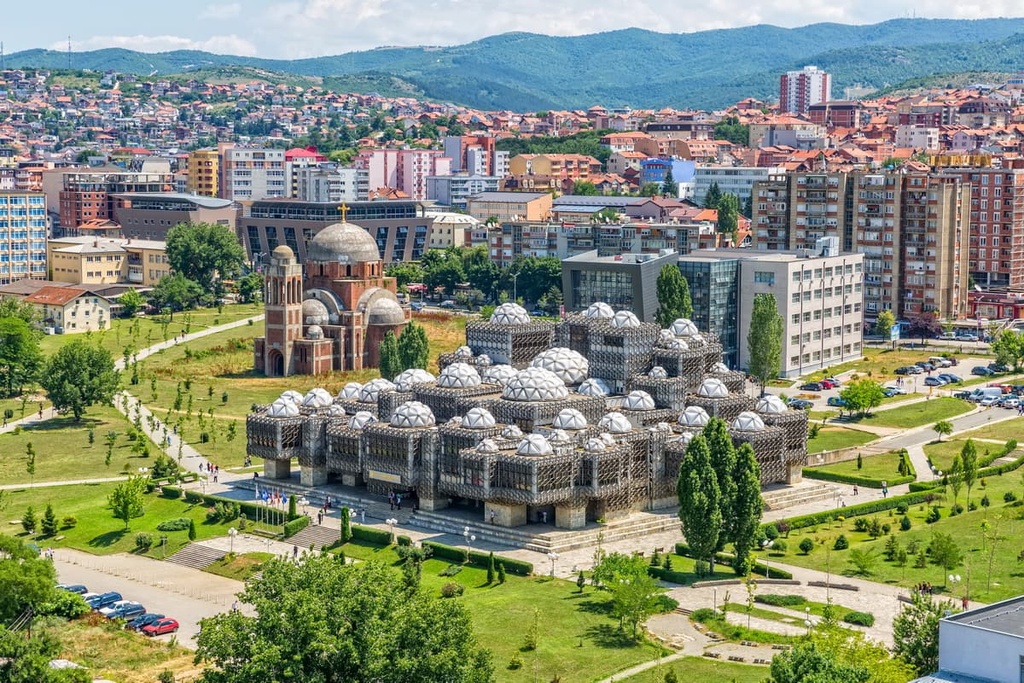
The most important conflict was the Kosovo War, which lasted from 1998 to 1999. This war took place after the Yugoslav Wars. The Kosovo War resulted in many deaths and displaced people on both sides.
Ultimately, the Kosovo War ended with the signing of the Kumanovo Agreement. Kosovo is now a disputed territory and partially recognized state. It declared independence from Serbia in 2008, but Serbia still claims it as its own.
This small but mountainous landlocked country lies in the heart of the Balkan Peninsula. In fact, it forms a kind of natural divide between the Sharri massif and the Dinaric Alps. This makes it a true hiker’s paradise as people from all over the world come to see the beauty of Kosovo.
Hiking in Kosovo is a great way to explore the country's natural beauty. The country has a diverse landscape, with mountains, lakes, rivers, and valleys. The best time to go hiking in Kosovo is during the spring and summer months. Here are some of the best places to hike in the country during your next visit.
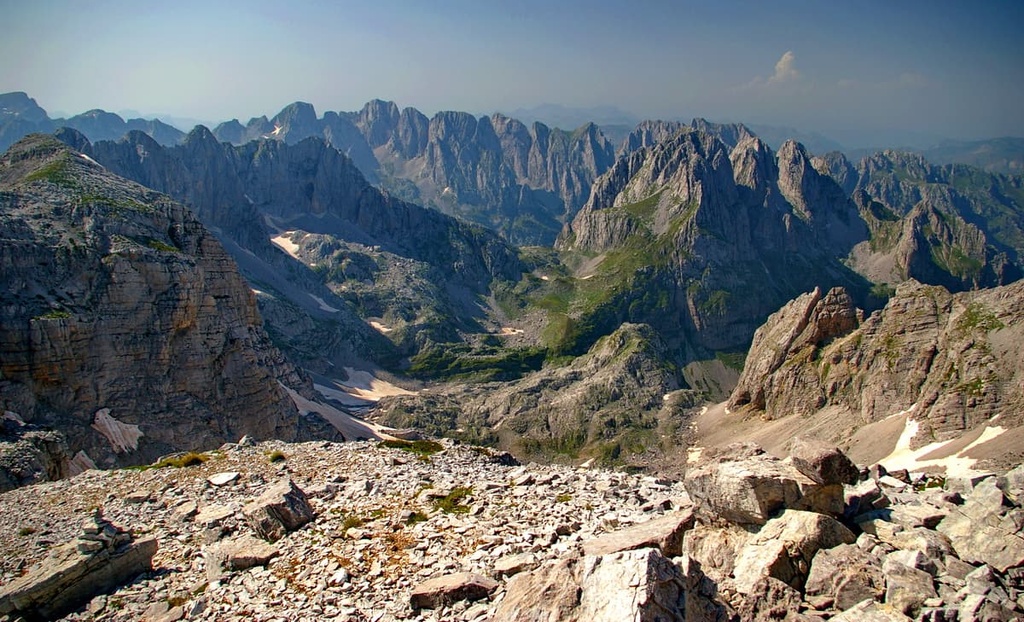
Bjeshkët e Nemuna National Park is a protected area in Kosovo. It is located in the northwestern part of the country near the border with Montenegro and Albania. It protects the Bjeshkët e Nemuna, which is sometimes called the Prokletije massif.
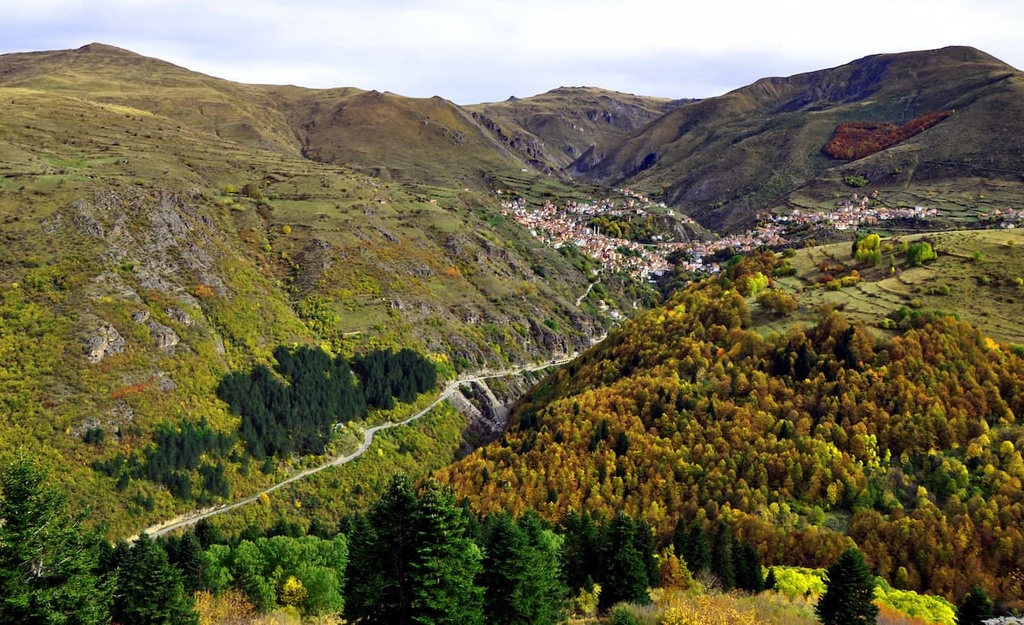
The park was established in 2012 alongside Sharri Mountains National Park, and it covers an area of about 5 percent of Kosovo’s total territory. The park is home to various wildlife, including brown bears, wolves, wild boars, deer, and many other species. The park also has a rich cultural heritage, with many archaeological sites dating back to ancient times.
One can reach the park easily from Peja. Once in the park, you can climb peaks like Gjeravica (2,656 m/ 8,713 ft), Gusan (2,539 m/ 8,330 ft), and Marijash / Bogdash (2,533 m/ 8,310 ft).
Sharri Mountains National Park is another national park in Kosovo. It is located in the south-eastern part of the country, near the border with Northern Macedonia. The park was established in 2012 alongside Bjeshkët e Nemuna National Park, and it covers an area of about 532 sq. km (330 sq. mi).
Sharri Mountains National Park has been recognized as one of Europe's most important areas for biodiversity conservation because it contains many endemic species that are not found anywhere else in Europe. It also has a rich cultural heritage that includes many archaeological sites from different time periods.
The peaks in the national park are also part of the Sharri mountain massif, which stretches into Albania and Northern Macedonia.
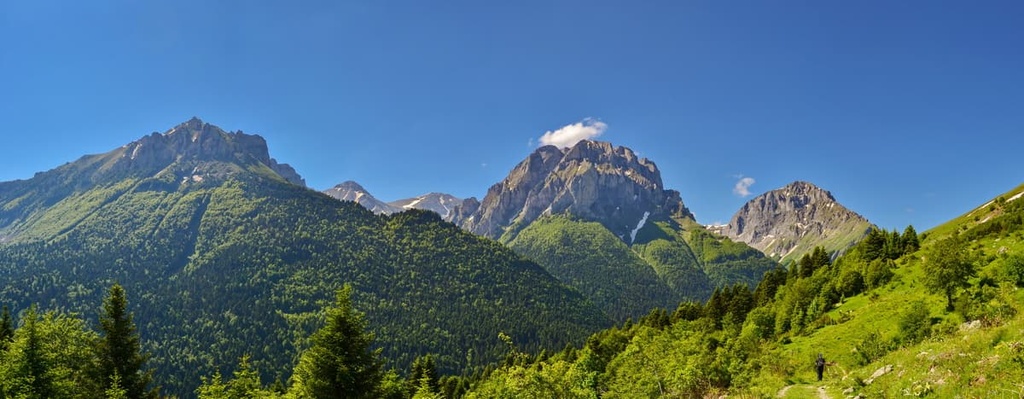
The Maja e Arnenit Strict Nature Reserve is a protected area located in the Drenica region of Kosovo. It is located in the municipality of Skenderaj, and it covers an area of about 30 ha (74 ar). In Serbian, it is known as Popovo Prase.
The reserve was established in 1960 to protect the natural environment and biodiversity of the region. The reserve is home to many species of plants and animals, including some that are endangered. Hikers visit this nature reserve to enjoy the untouched nature and beautiful views.
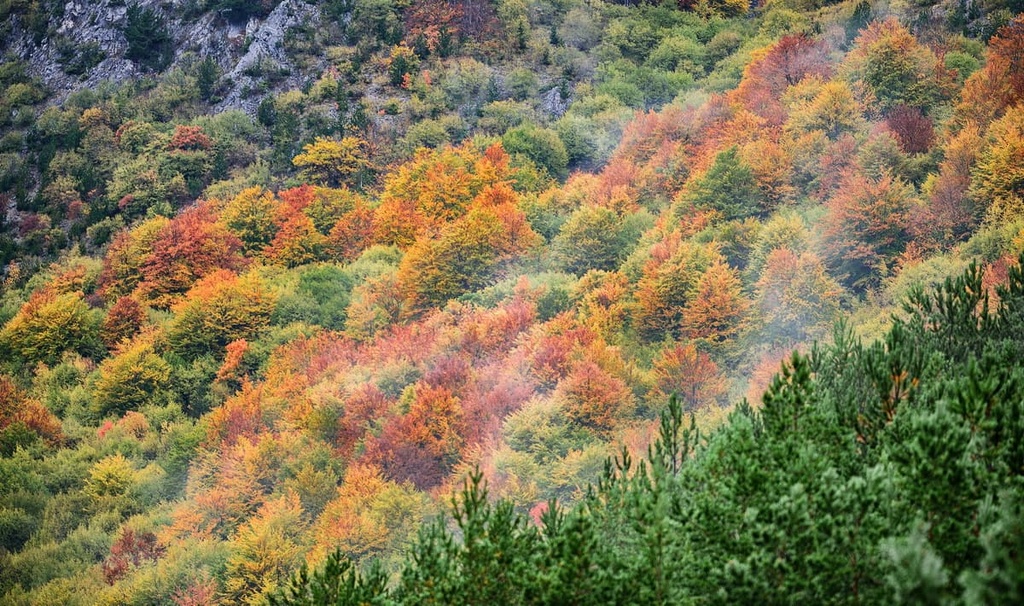
The Oshlak Strict Nature Reserve is a protected area in Kosovo. It lies in the southern part of the country near the border with Albania. The reserve was established in 1960, and it covers an area of about 20 ha (49 acres).
Hikers visit this park to enjoy the flora and fauna of the Sharri mountains since this nature reserve is located entirely inside Sharri Mountains National Park. Once in the reserve, visitors can see brown bears, roe deer, and golden eagles.
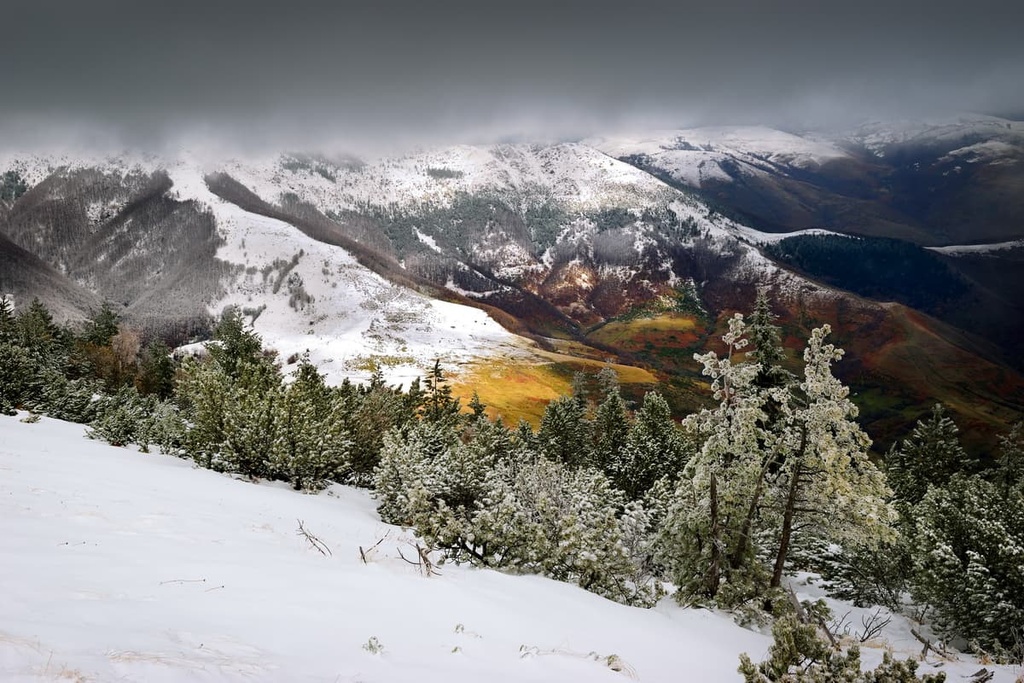
The cities and towns in Kosovo are small by European and North American standards. They are more rural and getting around by public transport might be a challenge for tourists due to the fact that relatively few people in Kosovo speak English.
Regardless, you can still enjoy art, museums, festivals, and other forms of the culture in Kosovo, especially in bigger towns or cities. Here are some of the most popular tourist destinations and major cities in Kosovo to check out during your next trip to the region.
Prishtina is the capital and largest city of Kosovo. It is a city whose turbulent history has shaped it, and today it is a place where people of different ethnicities and religions live together.
The city has a population of around 210,000 people. Prishtina has many landmarks like the National Library, the National Museum of Kosovo, and the Mother Teresa Square, among others. One can reach Prishtina by air, rail, and road.
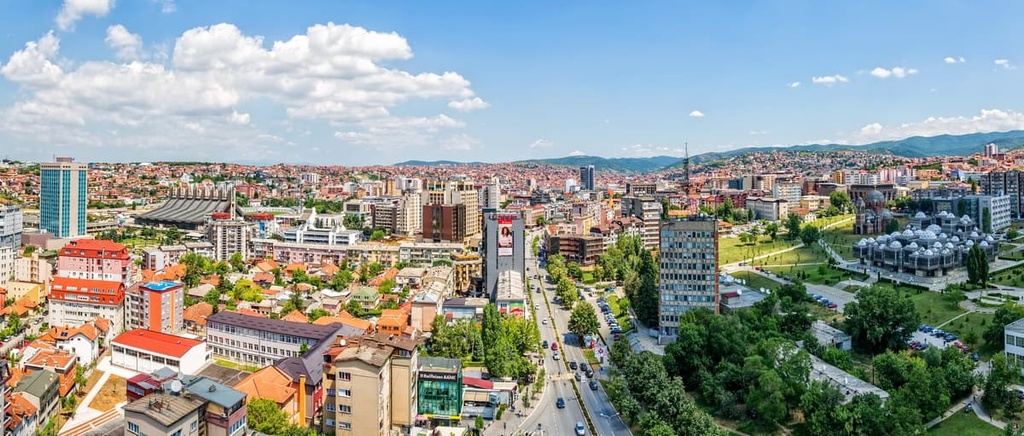
Prizren is a city in Kosovo with a population of around 170,000 people, making it the second-most populated city in the country. One can reach it by rail and road and you can choose to stay in hotels, hostels, camps, or other types of accommodation.
The city also has many mosques and churches worth visiting for their architecture and history. It has many historical sites, including the Prizren Fortress, which the Ottomans built in the fifteenth century. Prizren lies in the southern part of Kosovo, just below the Sharri mountains.
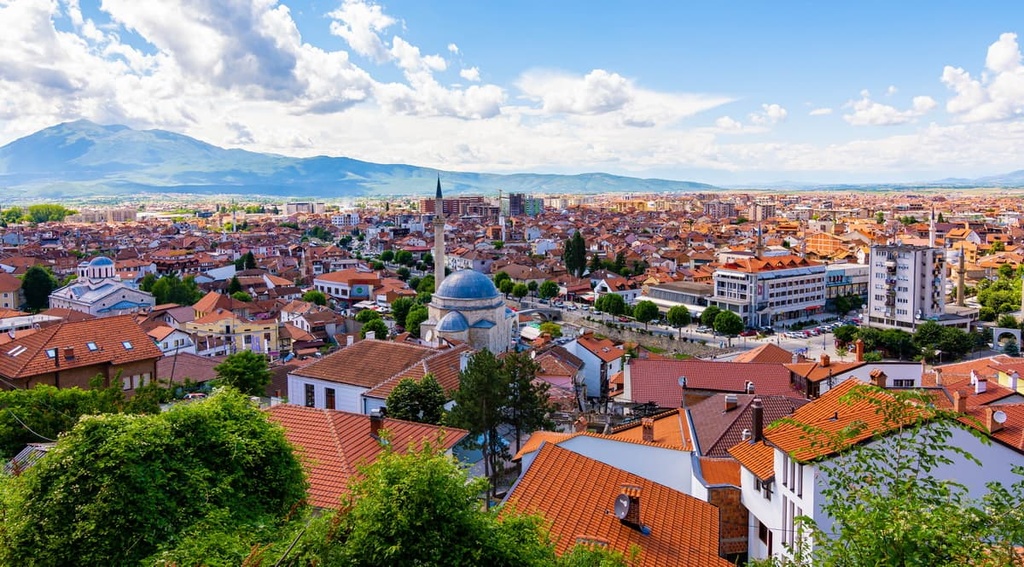
Mitrovica is the administrative center of the Mitrovica District and one of the largest cities in Kosovo. The city is located on the banks of Ibar and Sitnica Rivers, and it used to be called Kosovska Mitrovica.
The city has been a major crossroads for trading routes over the centuries. It has also been part of Serbia, Bulgaria, Albania, and the Ottoman Empire at different times in the last few centuries.
The city was first mentioned as ‘Kosovska Mitrovica’ in 1372 by the Serbian King Stefan Uroš IV Dušan as a settlement with a Serb population that had to be conquered by Albanians. In 1455, it became an Ottoman possession and remained so for over 500 years until 1912, when it became part of Serbia again after the First Balkan War.
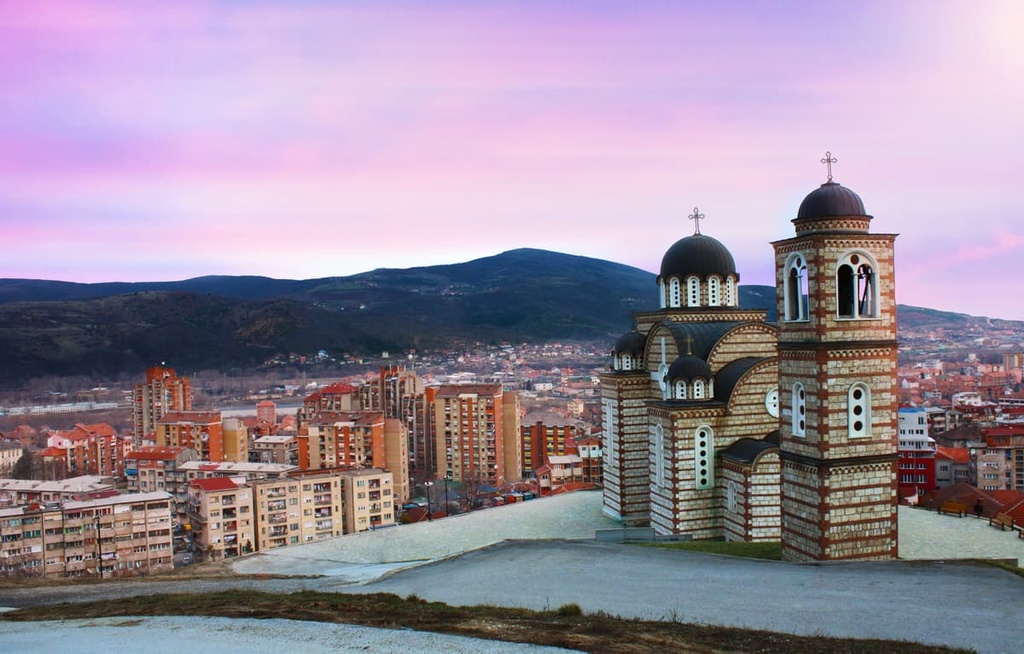
This Kosovo city has two names: Peja in Albanian and Peć in Serbian. When translated, it literally means ‘furnace.’ Residents love this city because it lies just below Bjeshkët e Nemuna National Park, so it is quite a scenic place. It is the fourth-largest city in Kosovo and the center of the Peja District. The city has a population of around 50,000 people.
One can reach Peja via road or rail. There are many accommodation options to choose from, but we recommend a village stay with a view of the mountains.
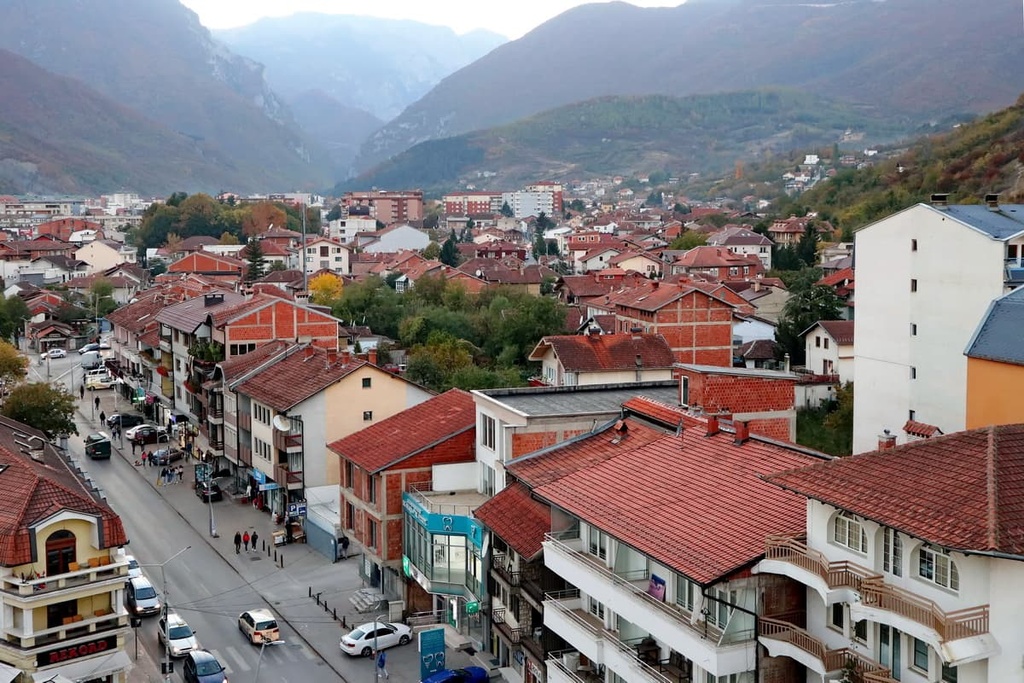
Explore Kosovo with the PeakVisor 3D Map and identify its summits.








